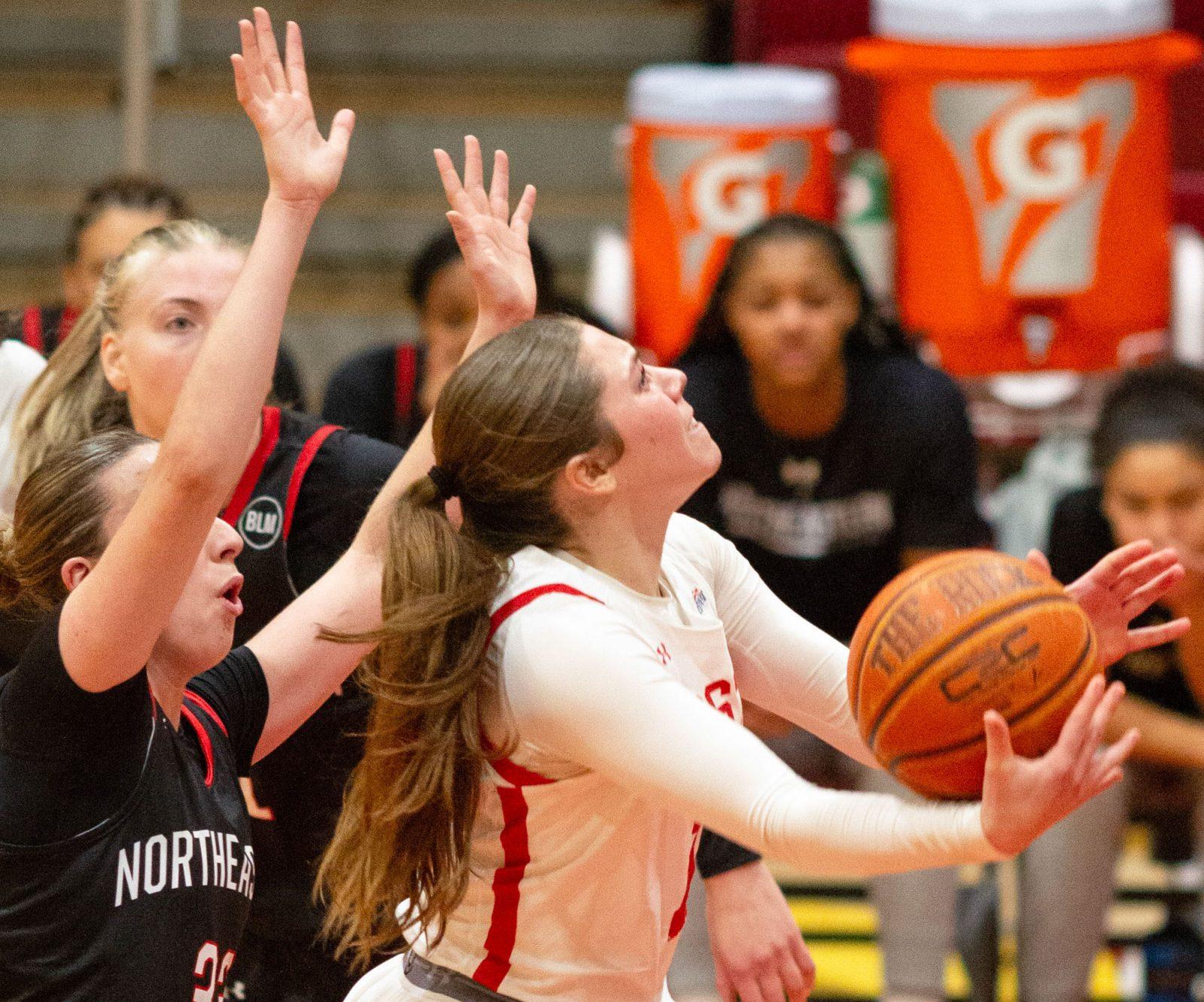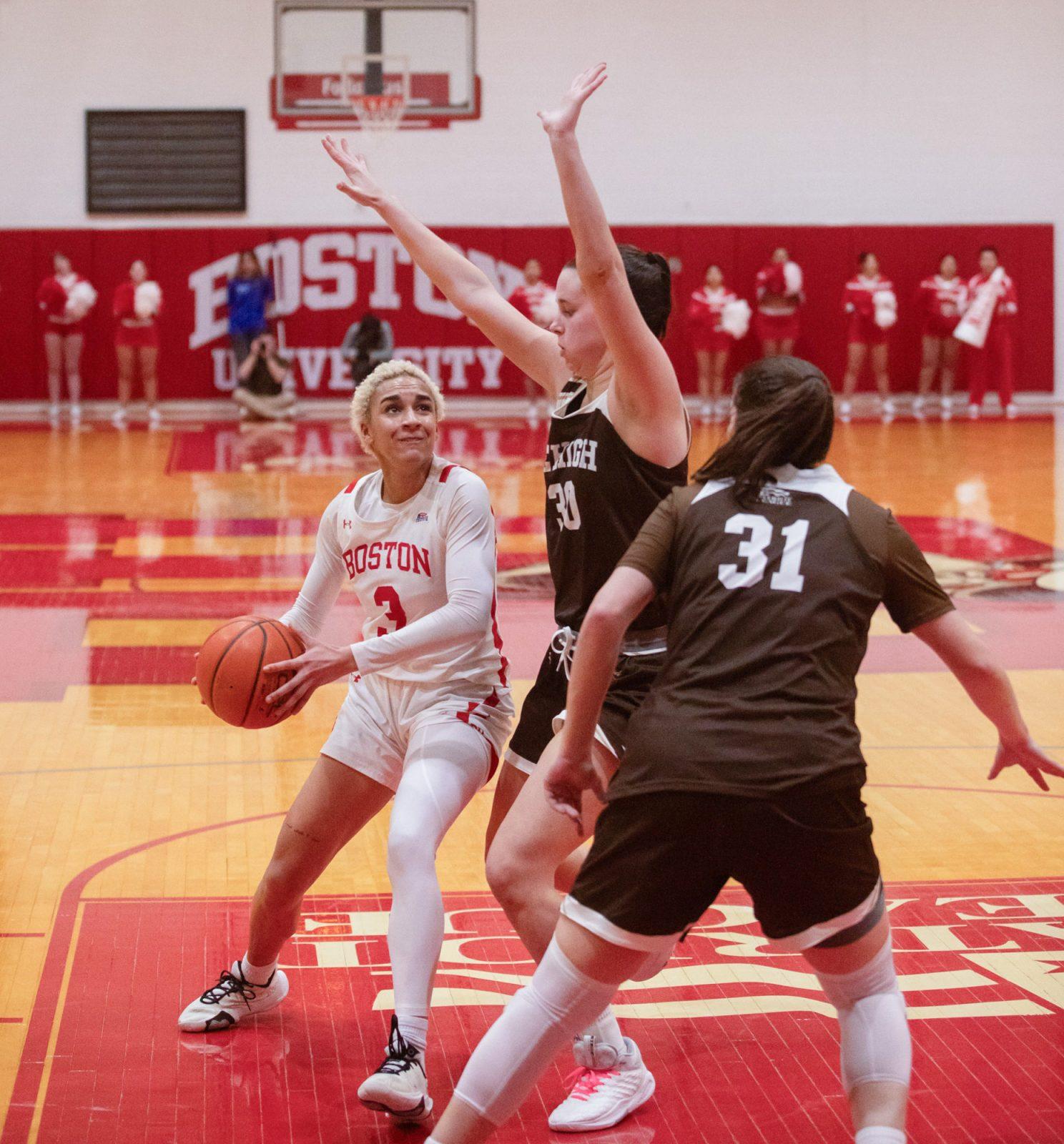College athletes are, by definition, amateurs. They’re called student-athletes, and every player and coach that’s interviewed says the same cliché: “they’re students first, then athletes.” The athletes have to maintain a minimum GPA requirement in order to be able to participate in their sports.
Despite these facts, it’s becoming increasingly clear that college athletes in major sports (let’s focus on football and basketball) are far more valuable on their school’s bottom line than they are on the Dean’s List. A classic case study that illustrates this point is Texas A&M University football star Johnny Manziel. This past season, Manziel became the first true freshman ever to win the Heisman Trophy, college football’s highest individual honor. Manziel, nicknamed “Johnny Football” by the A&M faithful, captured national attention with daring scrambles, a strong arm, and a certain unique flash in his play.
Along the way, Manziel earned his school a healthy amount of money. According to a study conducted by Joyce Julius & Associates, Manziel’s fantastic season and journey to the Heisman trophy grossed Texas A&M an estimated $37 million. And that’s just from the media exposure. That doesn’t take into account the undoubtedly massive sales of #2 Texas A&M jerseys.
So, if Johnny Manziel earned his school more than $37 million, why shouldn’t he get at least a small portion of that? The school may have recruited him, sure. But he did the bulk of the work to get those millions. He threw and carried the ball, not the football boosters or the athletic department. And yet they reap the benefits of his labor. Try making a case for the fairness of that.
The NCAA has an extensive rulebook for the recruitment and treatment of college athletes. In recent years, most of the scrutiny on college football has been negative. Numerous major colleges have gotten fined, lost scholarships, and, in the case of Ohio State University and USC, lost the opportunity to play in bowl games at the end of the season. These fines and punishments stem from violations to the rules, such as contacting players too early in the recruiting process, or offering them under-the-table cash payments to play at a specific school. A famous case was Ole Miss lineman Michael Oher. His story (dramatized in the film The Blind Side) is an interesting look into the NCAA’s investigation process. Oher and his adoptive family were eventually found innocent of any wrongdoing, but it was an extensive, exhausting process.
If someone as innocent as Michael Oher could be investigated to the point of exhaustion about improper benefits, someone like Johnny Manziel could be a candidate to be stretched on the NCAA’s torture rack. It’s been less than three weeks since Manziel became embroiled in controversy due to reports that he was paid for autographs. Being paid for anything is banned by NCAA regulations, but being paid for autographs (such an obviously professional activity) is the worst cardinal sin imaginable. After a brief investigation, Manziel was given a suspension of half a game.
No matter how lightly this punishment could be perceived, the fact remains that Manziel shouldn’t have been punished at all. Walk for a moment, if you will, in the shoes of Johnny Football. You’re 20 years old. You’re the most famous college football player on the planet. Girls want to be with you, and boys want to be you. But you’re probably getting a little weary of fame. You don’t have any privacy anymore. And you know that you’re not going to anytime soon. Are you honestly saying you wouldn’t want to be paid for all this? Are you really suggesting that you don’t believe in fair compensation for labor?
Well, you’re probably saying, Manziel is compensated. He gets to attend college essentially for free. He gets a free ride. The yearly estimated cost for an in-state resident, which Manziel is, to Texas A&M is $21,581. Multiply that by four years, and you end up with $86,324. To put that number in perspective, Aaron Rodgers (the NFL’s best quarterback) earns more than 52 times that.
If Aaron Rodgers is the NFL’s best, and Johnny Manziel is the NCAA’s best, how is it any semblance of fairness that Rodgers earns 52 times what Manziel is “earning” by having a full scholarship? Here’s your answer: it’s not in the slightest. It’s time to start paying major college athletes. It’s happening already under the table, so why not make it legal and aboveboard? In fact, the school could make even more money off of its major athletes. Schools like South Carolina, with game-changing defensive end Jadeveon Clowney, could make truckloads more money than they do now if they paid him.
College sports haven’t been truly amateur for quite some time now. It’s time for the players to start getting their fair share of the goods, since they’re the ones doing the work. Anything less than fair compensation should warrant a “strike” of labor — something that no school, or the NCAA, could stand to see.
























































































































anonymomous • Sep 17, 2013 at 10:46 am
How about a “draw’ against future commissions if drafted by NFL team? If not drafted then they just get -out-of-college-for -free. If drafted, then their college earnings get subtracted from their first year in the cushy NFL contract. This keeps the player in line and hungry…and they get that all essential college degree so they can be a TV analyst making 10 times what a teacher or doctor makes someday!